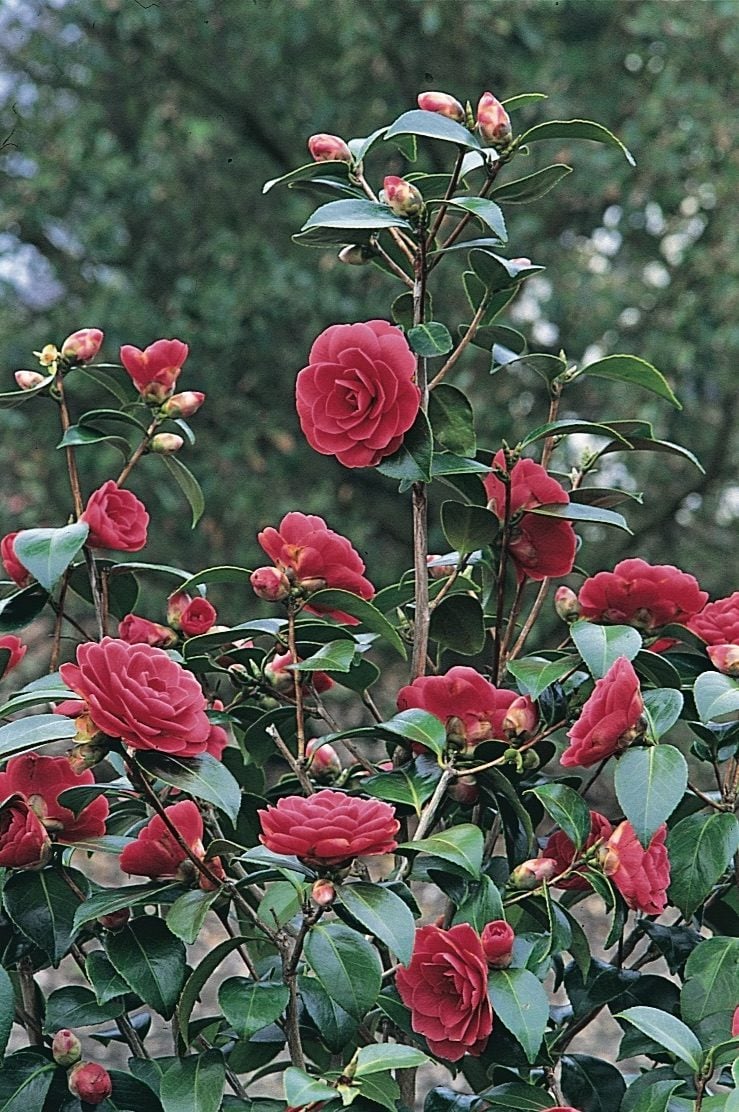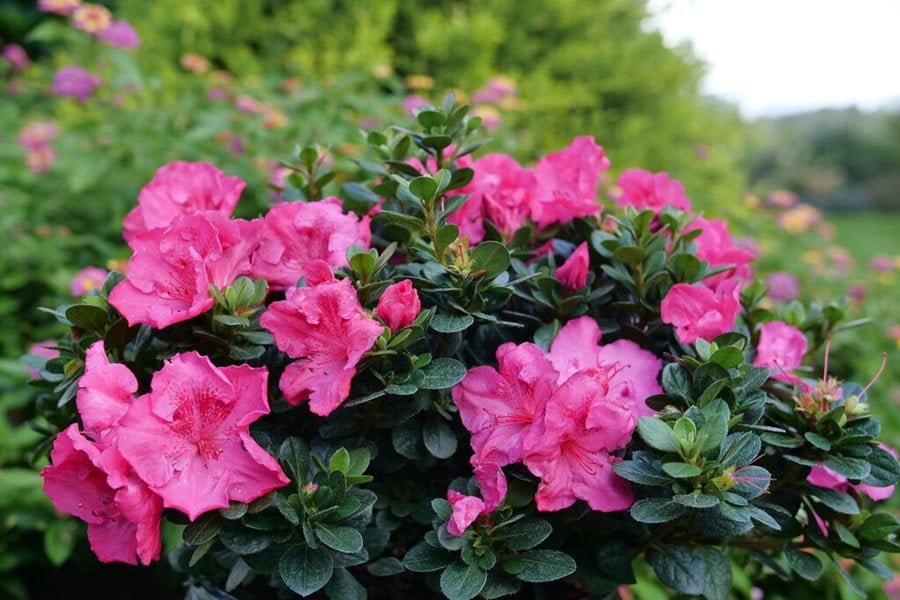How To Start A New Bush From An Old One
How to Start a New Bush from an Old One
Growing a new bush from an old one is a great way to save money and have a beautiful plant that is identical to the one you already love. It is also a fun and rewarding project that can be enjoyed by people of all ages.
In this blog post, we will walk you through the steps on how to start a new bush from an old one. We will cover everything from choosing the right plant to taking care of your new bush once it has rooted.
Choosing the Right Plant
The first step is to choose the right plant. Not all plants are created equal when it comes to rooting from cuttings. Some plants are more difficult to root than others.
If you are a beginner, it is a good idea to start with a plant that is known for being easy to root. Some good options include geraniums, impatiens, and coleus.
If you are more experienced, you can try rooting more challenging plants, such as roses, hydrangeas, and ficus.
Taking the Cuttings
Once you have chosen your plant, you need to take the cuttings. The best time to take cuttings is in the spring or early summer.
To take a cutting, use a sharp knife or shears to cut a healthy stem from the plant. The stem should be about 4-6 inches long and have at least 3-4 leaves.
Removing the Leaves
Once you have cut the stem, remove the bottom two or three leaves. This will help the cutting to focus its energy on rooting instead of growing leaves.
Treating the Cuttings
You can dip the cut end of the cutting in rooting hormone to help it root faster. However, this is not necessary.
Planting the Cuttings
Fill a pot with a well-draining potting mix. Make a hole in the potting mix that is slightly larger than the cutting.
Plant the cutting in the hole and firm the potting mix around it. Water the cutting well.
Putting the Pot in a Warm Place
Place the pot in a warm spot out of direct sunlight. The ideal temperature for rooting cuttings is 65-75 degrees Fahrenheit.
Watering the Cuttings
Water the cuttings regularly, but do not overwater them. The potting mix should be moist but not soggy.
Checking for Roots
After a few weeks, check the cuttings to see if they have rooted. You can do this by gently tugging on the cutting. If there is resistance, then the cutting has rooted.
Transplanting the New Bush
Once the cutting has rooted, you can transplant it to a larger pot or to the ground. Be sure to plant it in a spot that receives full sun or partial shade.
Caring for Your New Bush
Water your new bush regularly and fertilize it every few weeks. With proper care, your new bush will thrive and give you many years of enjoyment.
Conclusion
Starting a new bush from an old one is a great way to save money and have a beautiful plant that is identical to the one you already love. It is also a fun and rewarding project that can be enjoyed by people of all ages.
If you are looking for a new gardening project, I encourage you to give it a try. You may be surprised at how easy it is to root a cutting from an old bush.
Shrubs and bushes are a common sight in gardens and landscapes around the world. But what exactly is the difference between a shrub and a bush? And what are some of the most common types of shrubs?
To answer these questions, we need to first define what a shrub is. A shrub is a small-to-medium-sized perennial woody plant that has multiple stems that grow from the ground. Bushes, on the other hand, are also small-to-medium-sized perennial woody plants, but they typically have only one main stem.
Some of the most common types of shrubs include roses, hydrangeas, azaleas, and rhododendrons. These shrubs are all known for their beautiful flowers, which can add a splash of color to any garden. Other popular shrubs include evergreens, such as junipers, pines, and spruces. Evergreen shrubs can provide year-round interest in the garden, even in the winter.
If you're interested in learning more about shrubs and bushes, I recommend visiting Garden Wiki. This website has a wealth of information on all aspects of shrubs, including their different types, care requirements, and uses in landscaping.
FAQ of shrub bush
- What is a shrub?
A shrub is a woody plant that has multiple stems that grow from the ground. Shrubs are typically shorter than trees, and they can range in size from a few feet tall to several feet tall.
- What are the benefits of planting shrubs?
There are many benefits to planting shrubs. Shrubs can provide:
* Privacy and screening
* Structure and interest to a landscape
* Color and fragrance
* Food and shelter for wildlife
* Windbreaks and erosion control
- How do I choose the right shrubs for my landscape?
When choosing shrubs for your landscape, there are a few factors to consider, such as:
* Size and growth rate of the shrub
* Sunlight and water requirements
* Hardiness zone
* Color and texture of the leaves and flowers
* Purpose of the shrub (e.g., privacy, screening, color)
- How do I care for shrubs?
The specific care requirements for shrubs will vary depending on the type of shrub. However, some general care tips include:
* Watering regularly, especially during hot, dry weather
* Fertilizing in the spring and fall
* Pruning to maintain the desired shape and size
* Protecting from pests and diseases
- How do I propagate shrubs?
There are a few ways to propagate shrubs, including:
* Cuttings
* Division
* Layering
The best method for propagating a particular shrub will depend on the type of shrub.
Image of shrub bush
- Camellia bush is a beautiful evergreen shrub that blooms in the winter with large, colorful flowers.

- Azalea bush is another evergreen shrub that blooms in the spring with clusters of small, colorful flowers.

- Boxwood bush is a dense, slow-growing shrub that is often used for hedges or topiary.
- Rose bush is a popular shrub that blooms in the summer with fragrant flowers.
- Willow bush is a deciduous shrub that grows in wet areas. It has long, weeping branches and is often used for landscaping.

Post a Comment for "How To Start A New Bush From An Old One"